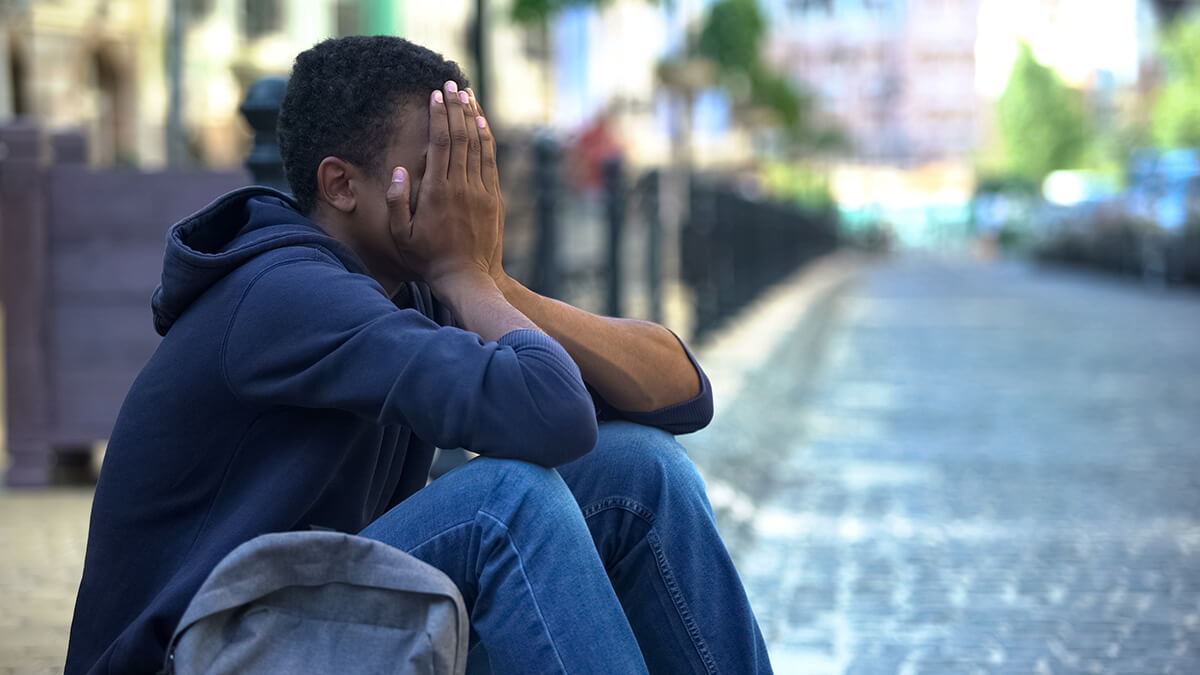It’s not difficult to be triggered in some way these days. While some may have struggled with mental health issues, the pandemic affected everyone in some way, and has left many people struggling with anxiety attacks and panic attacks for the very first time. The threats of illness and job loss, isolation, and financial strain are easily overpowering to deal with by themselves, let alone all at the same time.
Because many people are being confronted with these stressors in a way they never have before, many may now know what the differences actually are between panic and anxiety attacks. Yet with better understanding, it’s easier to not only be aware of them, but overcome them.
Key Differences: Anxiety Attacks vs. Panic Attacks
A key difference between both types of attacks really has to do with timing in how they appear. An anxiety attack is the result of a build up of anxiety over time. There tends to be some identifiable trigger that can be traced to the attack, such as stress of a job loss.
On the other hand, panic attacks occur suddenly, and without warning. The root cause for these attacks are more difficult to identify, and it’s usually not clear why they came about.
Symptoms
Just as the causes of panic attacks and anxiety attacks are different, symptoms for the attacks vary widely as well.
Because anxiety attacks are the result of stress built up over time, the symptoms tend to permeate everyday life. For example, people with anxiety attacks suffer from trouble sleeping, restlessness, difficulty concentrating, dizziness, and muscle tension.
Panic attacks, which are more sudden and severe, can feature symptoms that are much harder to ignore. Those suffering from panic attacks must have at least 4 symptoms on a long list, which ranges from heart palpitations, numbness and tingling, chills or hot flashes, excessive sweating, trembling or shaking, feeling faint, lightheaded or dizzy, and more. Even feelings of going crazy or feeling detached from reality are symptoms.
Protecting Yourself Against Attacks
Panic and anxiety attacks happen to thousands around the globe every day, and they are nothing to be embarrassed about. Thankfully, there are multiple things you can do to offset the risk of having these attacks. A few that work well are below.
1. Rest
While productivity is good, it is important to get some rest and give your body time to recharge. There is a saying that if you don’t willingly take a break, your body will take it for you.
2. Exercise
Working out is great because it gets your endorphins going and allows your body to naturally release stress on its own. You are more likely to keep a healthier personal weight when you exercise, and it also contributes to a higher self-image.
3. Reflect
Part of what causes so many people to stress and tense up is the fact that they have so much going on, and are overwhelmed. Slow down, and take the time to breathe and align your priorities. Your days will run smoother, and your body will feel much more at ease.
January 17, 2021
3 Guiding Principles You Need to Live By According to Martin Luther King Jr.
0 Comments4 Minutes


